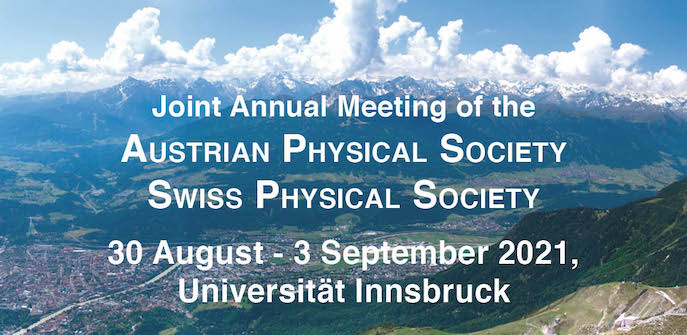Speaker
Tomáš Dolák
(UK)
Description
Perovskite surfaces are often probed by diffraction techniques, and a commonly measured (1x1) pattern is interpreted as a (1x1) atomic arrangement. We use the KTaO3(001) to demonstrate the pitfalls of this assumption. Cleaving KTaO3(001) in vacuum and a subsequent exposure to water vapour results in the formation of a (2x1) reconstruction. The (2x1) pattern is only observed in LEED at very low beam energies and low currents, then it turns into (1x1). We investigate the beam damage caused to the surface in dependence on the incident beam energy and current. The defects are identified by combined STM and nc-AFM.
Authors
Dr
Dominik Wrana
Tomáš Dolák
(UK)
Dr
Josef Myslivecek
Dr
Martin Setvin
